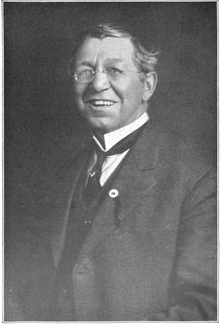March 24, 1989: Exxon Valdez Oil Spill plunges the Pacific coast into the second worst ecological disaster in United States history
On March 24, 1989, the oil tanker Exxon Valdez was traveling through Prince William Sound, Alaska to California to unload 51 million tonnes of crude. At some point in the morning, the tanker accidental ran aground, spilling 10.8 million gallons of its haul into the Sound. The accident was most likely caused by a combination of a failure of the radar system and extreme human error. The effects of the spill were felt by the Alaskan ecological system almost immediately.
The first signs of the system's distress was in the seabirds that frequented the Alaskan coast. In all, the oil spill would kill at least 22 killer whales, 12 otters, 300 harbor seals, 247 bald eagles, 2,800 sea otters, 250,000 seabirds and an unknown quantity of marine life. The United States government tried to act quickly to contain the spill but its efforts were in vain. Machines were brought in to remove oil from the sound. It is estimated that the machines were only able to remove about 10 percent of the oil in the water. An international effort sprang up to help the organisms affected by the spill. These groups tried to clean up the wildlife and preserve what was left of their habitats. They achieved nominal success. The lasting effects of the spill would be felt in the greater Pacific ocean for decades to come.
The first signs of the system's distress was in the seabirds that frequented the Alaskan coast. In all, the oil spill would kill at least 22 killer whales, 12 otters, 300 harbor seals, 247 bald eagles, 2,800 sea otters, 250,000 seabirds and an unknown quantity of marine life. The United States government tried to act quickly to contain the spill but its efforts were in vain. Machines were brought in to remove oil from the sound. It is estimated that the machines were only able to remove about 10 percent of the oil in the water. An international effort sprang up to help the organisms affected by the spill. These groups tried to clean up the wildlife and preserve what was left of their habitats. They achieved nominal success. The lasting effects of the spill would be felt in the greater Pacific ocean for decades to come.





Comments
Post a Comment